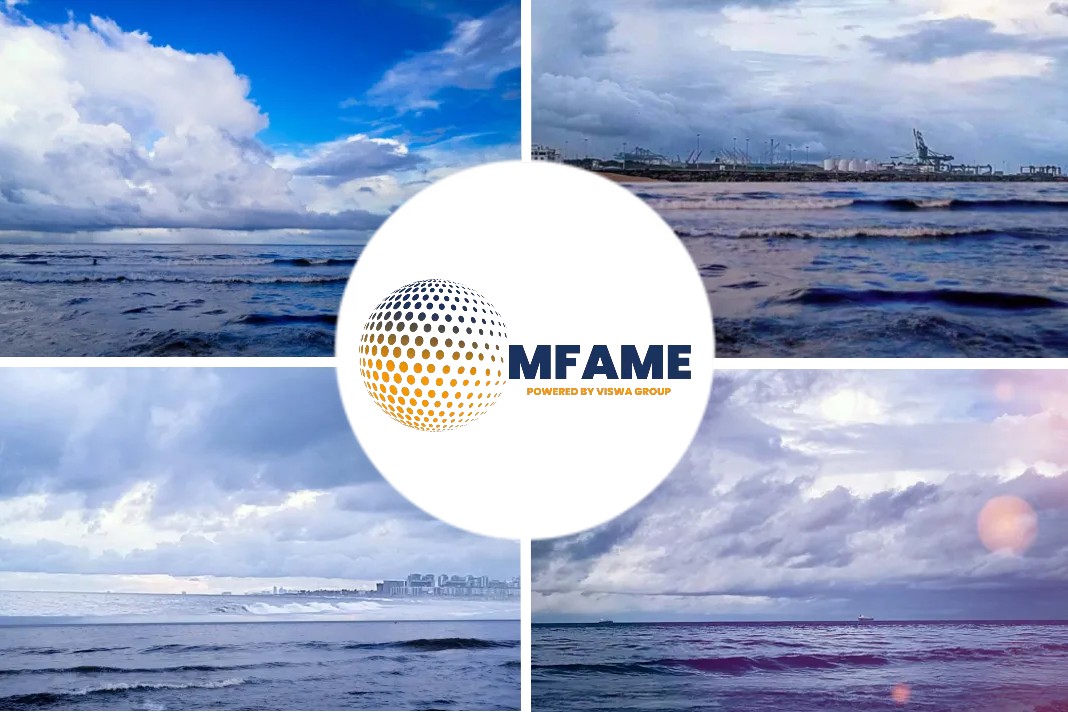The Baltic Exchange has released a report about the dry bulk market for the 37th week of shipping activities this year. The report dated 16th September highlights the dry bulk market conditions at the on-sight of the 37th week.
Capesize
The Capesize market made a revival this week, taking fortunes out of the red by rising the tide on values to be closer to the low-teens level on the 5TC. Far from being into smooth-sailing territory yet, the market doesn’t seem quite ready to embrace ever strengthening levels as Friday’s index dampened values down -981 to $12,599. The revival in rates has involved most sectors of the market as a surge of cargoes came to market as charterers feared a last chance saloon situation before rates did a common Capesize blast off.
The Transatlantic C8 rose +223 week on week to close at $12,417. The Pacific region had to contend with Typhoon Muifa this week as it caused disruption to vessel schedules off the coast of China, particularly Shanghai.
The Transpacific C10 closed the week of Friday down -3327 to $12,559. The sentiment in the Capesize market has clearly improved with many optimistic for further lifts from here.
Panamax
The Panamax market began the week on a firm footing with the continued bullish trend carrying on from the back of last week’s push.
The Atlantic was mostly EC South America centric with both September and October arrivals getting snapped up in the early part of the week. Similarly in Asia, with support for both NoPac grains and Australia minerals, this gave some impetus to the market Monday/Tuesday.
With healthy Indonesia demand continuing in Southeast Asia positions, there was good demand from all angles. However, come midweek, with a host of fixing and failing in both basins owing to an FFA sell off, the market appeared exposed once more with tonnage count building again in the Atlantic.
Meanwhile, something of a stand-off ensued in the Pacific with neither side willing to concede. Period activity increased early part on the back of a firm spot market with a smattering of short period deals around the $17-18,000 mark.
Ultramax/Supramax
It has been mixed fortunes as stronger rates were seen in Asia at the beginning of the week. However, as the week closed some participants said pressure eased a little as limited fresh enquiry entered the market.
The opposite might be said for the Atlantic, which saw positive momentum gain from key areas such as the US Gulf as the week progressed. Little period activity surfaced but a 63,500-dwt open Black Sea was heard to have been fixed for one year in the low $16,000s.
From the Atlantic, stronger cargo flow saw a 57,000-dwt covering a trip delivery US Gulf redelivery India in the mid $20,000s. Elsewhere, a 55,000-dwt was heard to have been fixed for a trip from the Mediterranean to the US Gulf in the low $20,000s.
From Asia, a 58,000-dwt open Singapore fixed a trip via Indonesia redelivery Philippines at $20,000. A 57,000-dwt also open Singapore fixed a trip via Indonesia redelivery China in the low $19,000s.
Handysize
A week of positivity across both basins. East Coast South America continued to make large gains as sources spoke of more enquiry and a lack of prompt tonnage being significant factors. A 36,000-dwt was rumoured to have been fixed for a trip from Recalada to North Brazil at $19,000 in the early part of the week and levels are believed to be in the low $20,000’s as the week drew to a close.
The US Gulf also saw more activity, with a 39,000-dwt being fixed from Port Canaveral to the UK-Continent range with an intended cargo of wood pellets at $17,000.
In the Mediterranean, a 35,000-dwt fixed from Iskenderun to West Africa with an intended cargo of steels at $17,000. In Asia, there were small gains in most regions with sources saying they had seen more enquiry this week. A 28,000-dwt fixing from Singapore via Western Australia to Japan was fixed at $17,500.
Did you subscribe to our daily Newsletter?
It’s Free! Click here to Subscribe!
Source: The Baltic Exchange
















